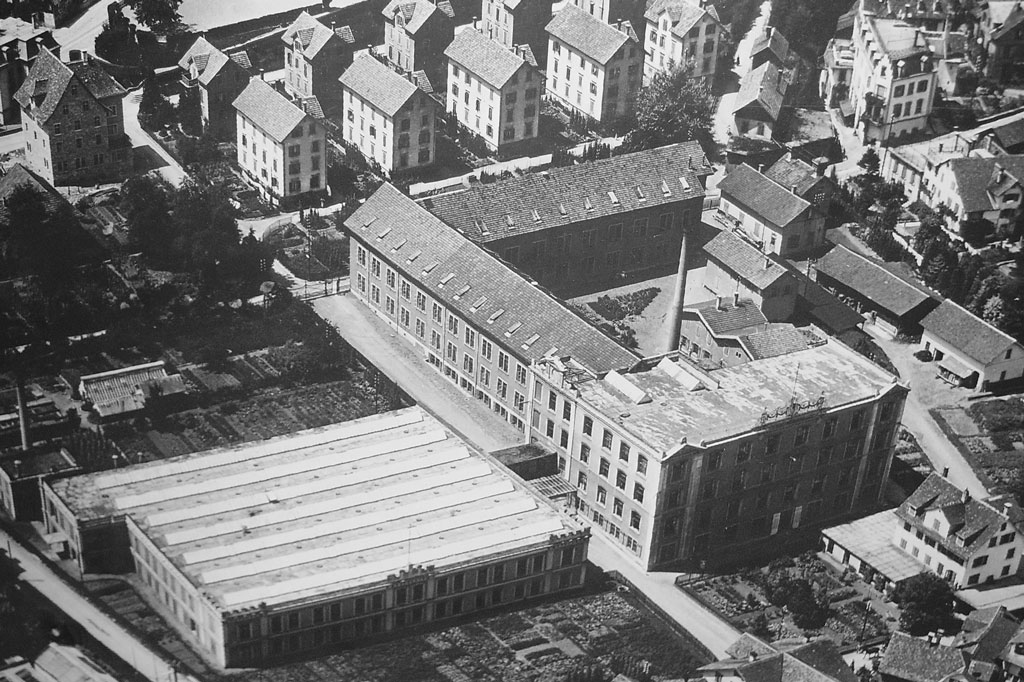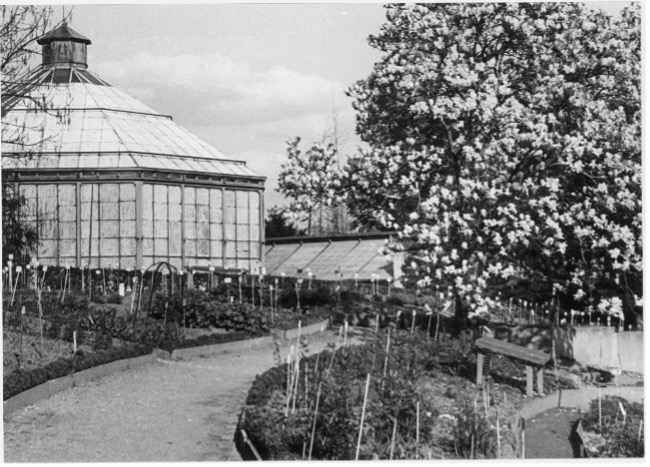Swiss Coloniality
Cities have never been isolated entities and have always existed by grace of the myriad connections with their hinterland. Throughout the past centuries, these connections have become increasingly far-reaching across the globe, and the history of urban development in areas such as Europe cannot be seen as entirely separate from global colonialism and its aftermath. While Switzerland never had colonies of its own, it was nevertheless in many ways involved in and contributed to the history of global colonialism: by taking part in the economy sustained by colonialism, by financing and securing slave trade, by contributing to race-based science practices, etc. So, despite being a country without colonies, what if we consider Switzerland and its position in the world from the perspective of the colonial metropole? What would be the specific architectural and urban dimension of this figure of Metropole Switzerland?
In raising such questions, in this Research Studio, we aim to focus on the entanglements of the architectural and urban histories of Switzerland and the history of global colonialism. Our motivation for this Research Studio is not to uncover this history as a past that is entirely behind us, but rather to acknowledge that this past is still part of our present and that it matters to not only uncover these historical entanglements, but also to actively reflect on how to deal with this legacy today and on how we, as architectural and urban historians, can deal with a still prevalent landscape of global inequality.
Within the scope of Swiss Coloniality, in this 14-credit course students are guided in defining and elaborating their own research project. This self-defined project is expected to engage with archival and other historical sources and to be articulated in dialogue with current discussions in post- and decolonial theory. In our studio, we emphasize architecture-specific research methods such as drawing, modeling and designing to interpret the historical source material as well as to explore ways to engage with these contested legacies today. The final outcome of the course is a student-curated studio exhibition of their research findings.
Hover Image: Bombay residence of Swiss cotton importer Volkart. Winterthur City Archives. Source: swissinfo.ch
In Autumn Semester 2023 we focused specifically on industry. How was Swiss industry historically connected to global colonialism, and how did this connection impact the built environment and the aesthetic, material and craft cultures of Swiss cities?
Each semester, our Research Studio will zoom in on one specific kind of infrastructure that acted as support for global colonialism. In Autumn Semester 2023, we focused on the industrial infrastructure that underlays the ways in which Switzerland was and is entangled with colonialism and its aftermath. The economic realm is by far the most obvious place to start this investigation, and the role of industry in particular – with its extraction of raw materials and production of goods to be traded on markets – offers a hands-on approach to unravel its entanglement with architecture and the built environment. We sought to investigate this industrial infrastructure from architectural, urban typological, environmental and material perspectives. How did, for instance, the chocolate or textile industry shape the built environment of Switzerland through its factories and warehouses, its trade routes, or housing projects for its laborers? How did architecture itself become part of an industry that was exported abroad, through its building materials, its labor or its expertise? And how was a colonial-fed industry represented and symbolized in the Swiss cityscape?
Tutors: Prof. Dr. Tom Avermaete, Dr. Sebastiaan Loosen, Luca Can, Hamish Lonergan, Dr. Hans Teerds
Students: Milena Bojovic, Janine Henz, Nora Hochuli, Rémi Madrona, Deepthi Puthenpurackal, Lionel Scherz
This Fachsemester took place during the Fall 2023 Semester.

In Spring Semester 2024, our Swiss Coloniality Research Studio focused specifically on the role of knowledge and science. How were Swiss knowledge centers and experts, technologies and patented knowledge historically connected to global colonialism, and how did this connection impact the built environment and the aesthetic, material and craft cultures of Swiss cities?
This semester, we focused on the knowledge infrastructure that underlays the ways in which Switzerland was and is entangled with colonialism and its aftermath. While the extraction of raw materials and production of goods to be traded on markets are essential to understanding the history of global inequality, also the immaterial dimension of knowledge and science played a crucial role and can be investigated from architectural, urban typological, environmental and material perspectives. How did, for instance, knowledge centers such as universities shape the built environment of Switzerland through its botanical gardens and ethnographic museums? How did architecture itself become part of a knowledge economy that was exported abroad, through its patented building materials, its labor or its expertise? And how was a colonial-fed knowledge regime based on orientalist tropes represented and symbolized in the Swiss cityscape?
Tutors: Prof. Dr. Tom Avermaete, Dr. Sebastiaan Loosen, Maryia Rusak
This Fachsemester took place during the Spring 2024 Semester.
